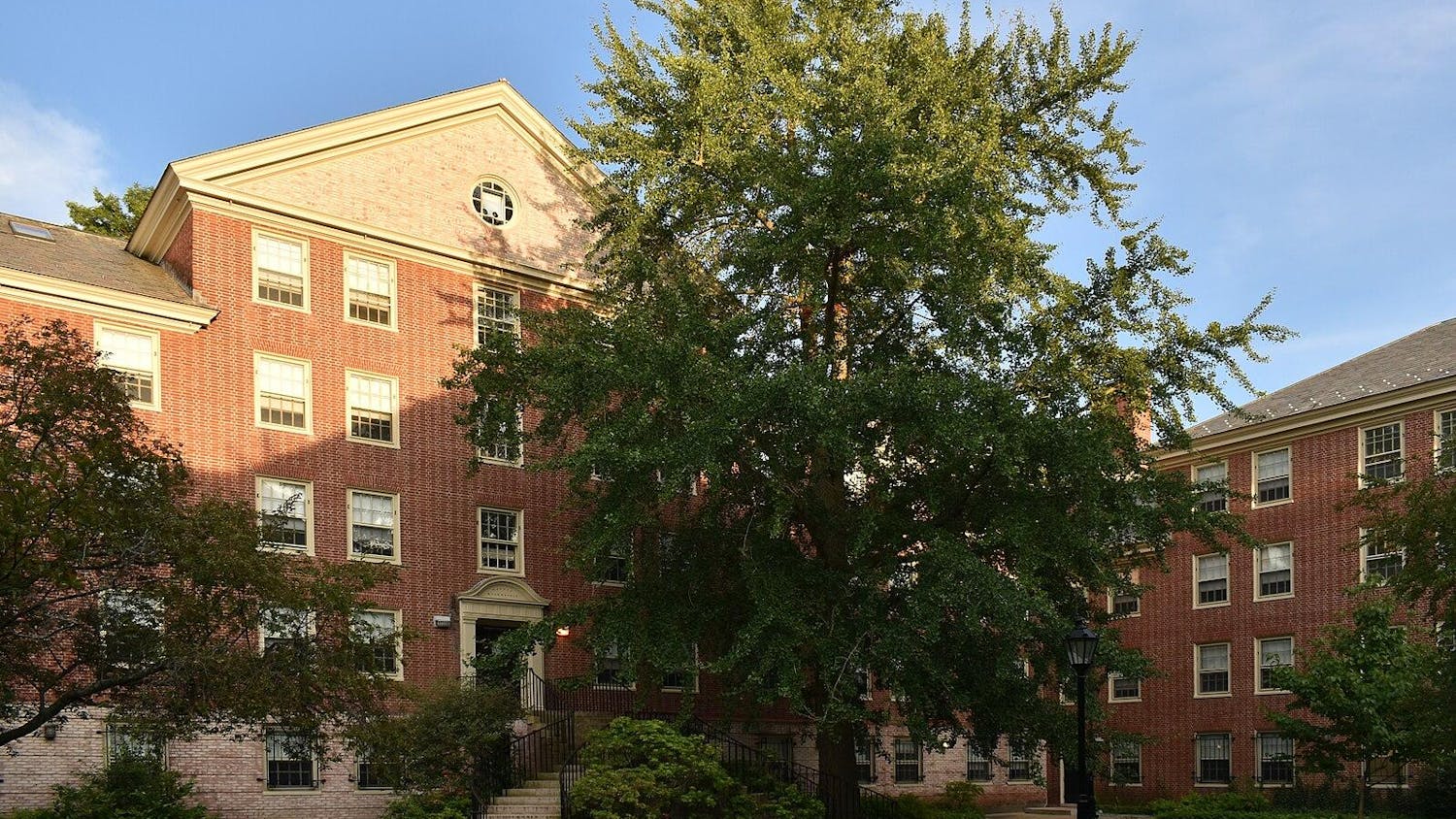The University’s cohort tenure rate — the percentage of tenure-track junior faculty members hired in the same academic year who are granted tenure eight years later — has declined 20 percent, from 81 percent for those hired in 1999-2000 to 61 percent for those hired in 2005-06, the year for which the most recent numbers are available, according to data provided by Dean of the Faculty Kevin McLaughlin P’12.
Eight years is the University’s standard probationary period for granting tenure. The cohort tenure rate differs from the overall tenure rate in that the former includes all faculty members hired in a certain class, as opposed to only those who apply for promotion.
According to University data for average peer tenure ratios between fiscal years 2010 and 2014, Brown maintained an average 75 percent rate, sitting near the middle of its peer group. Universities that report lower percentages — such as Yale, Columbia and Harvard — are outliers, McLaughlin said, adding that those institutions have three-year associate professorships without tenure, which make their tenure rates lower than those of universities like Brown that do not have such positions.
Members of the Corporation’s Committee on Academic Affairs were pleased with the reduced cohort tenure rate when administrators raised the topic at the Corporation’s October meeting, McLaughlin said. When cohort tenure rates exceeded 80 percent in the mid-2000s, Corporation members expressed concern that there was not enough “regeneration of the faculty,” he said.
McLaughlin said the decrease in the cohort tenure rate reflects the University’s long-term goals, which include an aim to hire new scholars in emerging fields, diversify and decrease the average age of the faculty — objectives that Provost Vicki Colvin announced during Tuesday’s faculty meeting.
When the New England Association of Schools and Colleges reviewed the University for accreditation in fall 2009, the external reviewers criticized its high tenure rate, McLaughlin said. The University had a higher rate than most of its peers and has since aimed to reduce the cohort tenure rate.
This was part of a larger effort to overhaul the University’s tenure system during the 2009-2010 academic year. Changes included extending the tenure-track probationary period to eight years from seven and increasing the quantity and frequency of reviews considered when evaluating candidates for tenure.
These reviews assess candidates on many qualifications. “Mismatching” between the institution and the faculty member is sometimes an issue, McLaughlin said. A faculty member may not be focused enough on undergraduate teaching, not performing well under the high pressure to publish or otherwise not be a good fit for Brown, he added.
A faculty member not attaining tenure does not necessarily mean he or she is a poor academic, McLaughlin said. Rather, they sometimes have “different career pathways” and are advised by departments and administrators to leave for institutions with more appropriate teaching and research environments.
“We would rather have them leave before getting tenure,” McLaughlin said.
Stephen Nelson, associate professor of educational leadership at Bridgewater State University and senior scholar at the Leadership Alliance at Brown, said tenure rates can be interpreted in many ways.
“Generally people make the assumption that a lower percentage within the peer range signals a more selective, elite institution,” he said. Institutions set thresholds for themselves of what percentage of a cohort should receive tenure, but externally it is a measure of comparison among universities, he added.
Cohort tenure rates also come into play for faculty recruitment, Nelson said. When scholars are applying to multiple universities for positions, they take the cohort tenure rate into account, along with faculty-student ratios, average class sizes, endowment per student and many other metrics.
Relating cohort tenure to the NFL draft, Nelson said talent within the class of hires is key. “You can be a good player but be picked lower in the draft because you are in a heavily talented class,” he said. “If you were in a different draft year, you may have done much better.”
“It may be unfair,” Nelson said, “but at the end of the day, that’s the way it is in academia.”

ADVERTISEMENT




